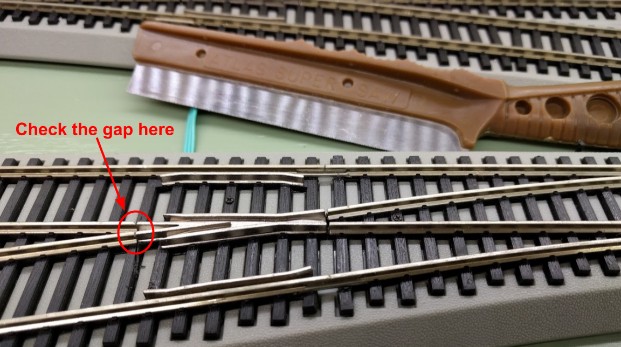Model Train-related Notes Blog -- these are personal notes and musings on the subject of model train control, automation, electronics, or whatever I find interesting. I also have more posts in a blog dedicated to the maintenance of the Randall Museum Model Railroad.
2017-04-10 - Layout #3 “Test Track”
Category Layout
I tore down my previous layout #2 since it didn’t have a purpose anymore -- originally it was for the kids to play with and for me to play with cameras recognition of trains and automation. I’ve done my part, and the kids didn’t show interest anymore. Being a 4x9”, it was still taking valuable space in my small room. Time to update.
What I cared for is having a workbench and a simple test track on top of it. I came up with a very simple L-shaped workbench design. The workbench is designed to not have any legs in the way and lots of storage space underneath. For the test track, I have a bunch of EZ-Track around so I just used that. It’s suitable for minor switching. I won’t add any scenery, it does not need to look like a shelf layout since it’s a workbench.
I find EZ-Track really sturdy and easy to work with. The electrical connections are really good so the whole thing can be powered by a single rerailer terminal.
Although I do like the EZ-Track for the ease of snapping and the good contact they make, the turnouts are frankly quite so-so. Using two #4 head-to-head is guaranteed to make an S-curve issue that will derail a lot of rolling stock, for example. On all of them the point isn’t always flush with the rail and lacks a spring to keep it in place once the twin-coil has pushed it in one direction.
A few of my EZ-Track #6 turnouts started creating shorts over time. The frog can be either powered or unpowered. I like it powered but on some of them the frog can make contact with the inside rails -- there’s an insulating gap and it’s not very consistent in size. When installing the turnout, it’s easy to push the inside rails enough to close the gap and create shorts. This is easily fixed by using an Atlas Model Railroad Super Saw to recreate the gap:


